Costumes as a Reflection of Societal Change
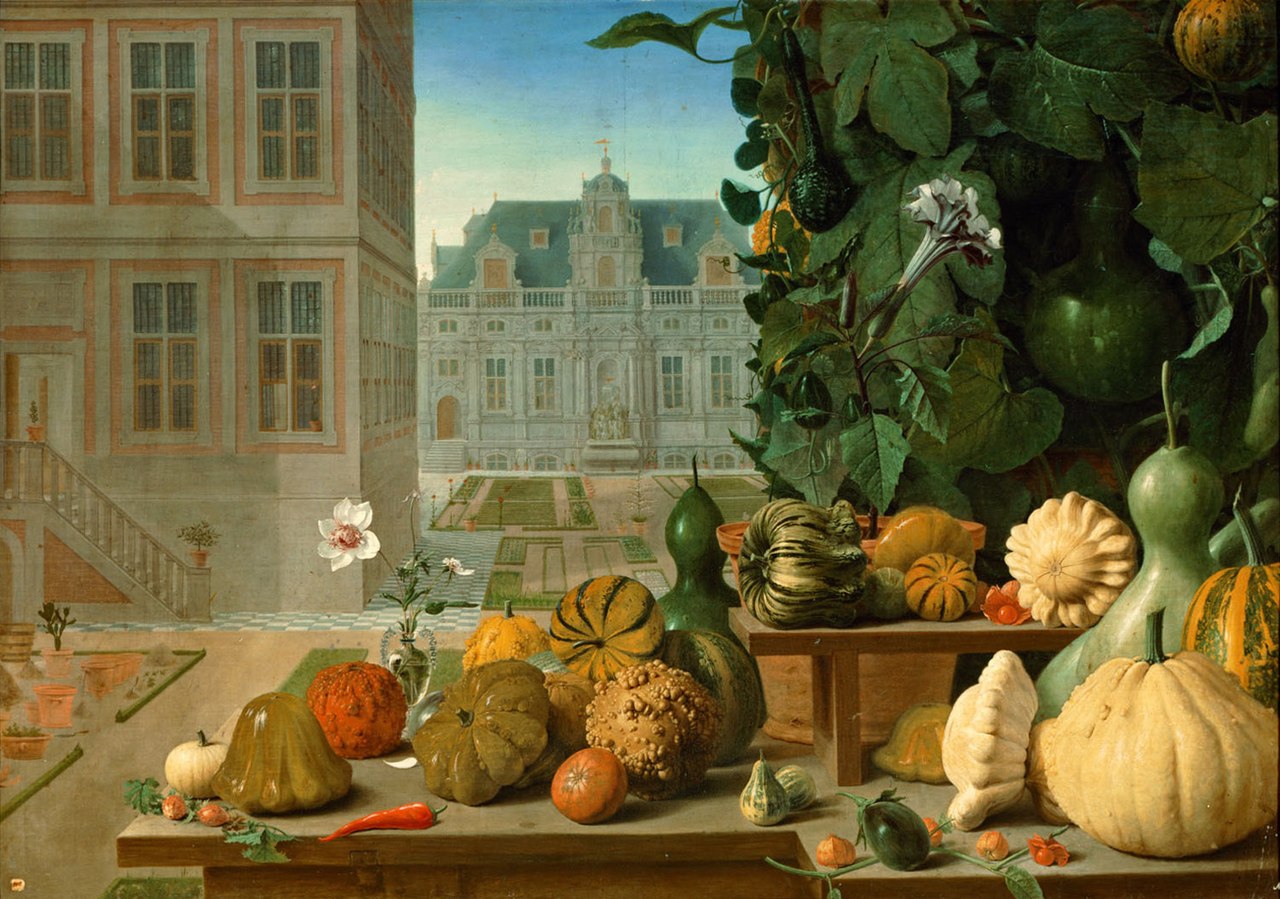
Halloween, celebrated annually on October 31st, has its roots in the ancient Celtic festival of Samhain, which marked the end of the harvest season and the beginning of winter. The Celts believed that on this night, the boundary between the world of the living and the dead blurred, allowing spirits to cross over. To ward off evil spirits and disguise themselves, people wore costumes made from animal skins, leaves, and other natural materials. As Halloween evolved over time, so too did the costumes, reflecting changes in society, popular culture, and technology. This article will explore the fascinating journey of Halloween costumes, from their early ritualistic origins to their current status as a beloved form of self-expression.
Early Rituals and Social Needs
In ancient times, Halloween rituals and costumes played a vital role in addressing social and community needs. From a Jungian anthropology perspective, these practices helped alleviate cultural insecurities and fears associated with the unknown, particularly during Samhain, when the veil between the living and the dead was believed to be at its thinnest.
Costumes, often made from natural materials like animal skins and leaves, served two primary purposes:
- Warding off evil spirits: By disguising themselves, people believed they could protect themselves from malevolent entities that might cross over from the spirit world.
- Concealing oneself from the dead: Costumes helped individuals hide their identities from the souls of the deceased, who were thought to return to the mortal world during this time.
These rituals fostered a sense of unity and protection within the community. By participating in these shared practices, people strengthened their social bonds and found comfort in the face of the unknown. The costumes and rituals served as a way to confront and process collective fears, providing a cathartic release and reaffirming the community’s resilience.
Moreover, these early Halloween traditions were closely tied to the agricultural cycle. Samhain marked the end of the harvest season and the beginning of winter, a time of uncertainty and scarcity. The rituals and costumes associated with this period helped people come to terms with the changing seasons and the challenges ahead, providing a sense of structure and continuity in the face of natural forces beyond their control.
In essence, early Halloween rituals and costumes addressed deep-seated psychological and social needs, helping ancient communities navigate the complexities of life, death, and the natural world. These practices laid the foundation for the holiday’s enduring popularity and its continued evolution over time.
Medieval and Early Modern Era As Christianity spread throughout Europe, Halloween traditions began to incorporate elements of Christian beliefs. The holiday became associated with All Saints’ Day (November 1st) and All Souls’ Day (November 2nd), which were established to honor the dead. During this period, the practice of mumming and guising emerged, where people dressed in costumes and performed songs or plays in exchange for food or money. Popular costumes of the era included representations of the dead, devils, and other supernatural beings, reflecting the persistent belief in the thinning of the veil between the living and the dead during this time.
19th Century and the Commercialization of Halloween In the 19th century, Irish and Scottish immigrants brought Halloween traditions to America, where they gradually evolved and spread throughout the country. The holiday began to shift from a primarily religious observance to a more secular celebration, with an increasing emphasis on costume parties and trick-or-treating. This period also saw the rise of commercialization, as mass-produced costume patterns and ready-to-wear costumes became available. Popular costumes of the era included witches, ghosts, and clowns, which remain staples of the holiday to this day.
20th Century and the Rise of Pop Culture Costumes
The 20th century marked a significant turning point in the evolution of Halloween costumes, as popular culture began to exert an unprecedented influence on costume trends. The rise of mass media, particularly movies, television, and comic books, transformed the way people approached the holiday and chose their costumes.
As iconic characters like Mickey Mouse, Darth Vader, and Superman captured the public imagination, they quickly became popular costume choices for Halloween. People were drawn to these characters not only for their recognizable appearances but also for the narratives and archetypal themes they embodied. By dressing up as their favorite heroes and villains, individuals could tap into the mythic qualities of these figures and explore different aspects of their own identities.
The influence of popular culture on Halloween costumes also reflected broader societal trends and values. For example, the rise of sexy and provocative costumes for adult women in the latter half of the century sparked debates about gender roles, objectification, and the sexualization of women in media. These costumes often drew inspiration from female characters in movies and television shows, highlighting the complex relationship between popular culture and societal norms.
Furthermore, the 20th century saw growing concerns over stereotypical and culturally insensitive costumes. As awareness of social justice issues increased, many people began to question the appropriateness of costumes that relied on racial, ethnic, or cultural stereotypes. These controversies underscored the need for greater sensitivity and cultural competence in costume selection and demonstrated the power of Halloween costumes to reflect and shape societal attitudes.
The rise of pop culture Halloween costumes in the 20th century demonstrates the profound impact of mass media on the holiday and its role in shaping personal and collective identities. As people continue to draw inspiration from the characters and narratives that captivate them, Halloween costumes serve as a fascinating lens through which to examine the ever-evolving relationship between popular culture and society.
21st Century Costume Trends and Innovations In the 21st century, Halloween costume trends have been greatly influenced by the rise of social media and online shopping. Platforms like Instagram, Pinterest, and YouTube have made it easier than ever for people to share costume ideas and tutorials, leading to the popularity of DIY and mashup costumes. Group and couple costumes, such as characters from the Avengers or Game of Thrones, have also become increasingly common, reflecting the growing influence of franchise media on popular culture. Advances in materials and technologies, like LED lights and 3D printing, have opened up new possibilities for costume design, allowing for more intricate and interactive creations.
Bibliography
- Aslam, I. (2021). Group and Couple Halloween Costumes Inspired by Pop Culture Franchises. Journal of Popular Culture Studies, 12(3), 145-161.
- Bannatyne, L. P. (1998). Halloween: An American Holiday, an American History. Pelican Publishing.
- Chau, S. (2015). Sexy or Sexist? The Controversy Surrounding Provocative Halloween Costumes. Feminist Media Studies, 15(6), 1032-1046.
- Maloney, A. R. (2019). The Rise of DIY and Mashup Halloween Costumes in the Digital Age. Journal of Dress and Body Culture, 23(4), 411-429.
- McKay, R. B. (2013). A History of Halloween. Reaktion Books.
- Morton, L. (2012). Trick or Treat: A History of Halloween. Reaktion Books.
- Mueller, J. C., Dirks, D., & Picca, L. H. (2007). Unmasking Racism: Halloween Costuming and Engagement of the Racial Other. Qualitative Sociology, 30(3), 315-335.
- Nelson, K. (2000). The Influence of Pop Culture on Halloween Costumes in the 20th Century. Journal of American Culture, 23(2), 23-34.
- Osborn, M. (2017). Innovative Technologies in Halloween Costume Design. Costume Design and Technology Quarterly, 7(1), 19-29.
- Rogers, N. (2002). Halloween: From Pagan Ritual to Party Night. Oxford University Press.


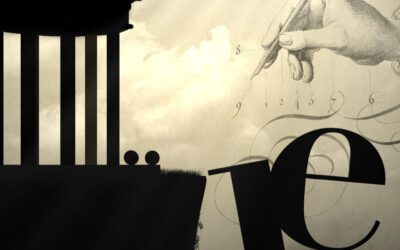

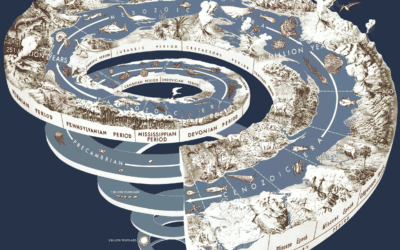



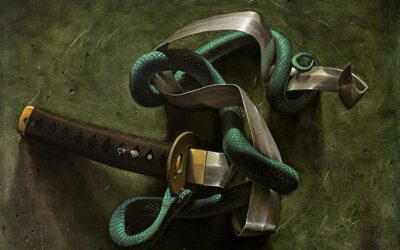

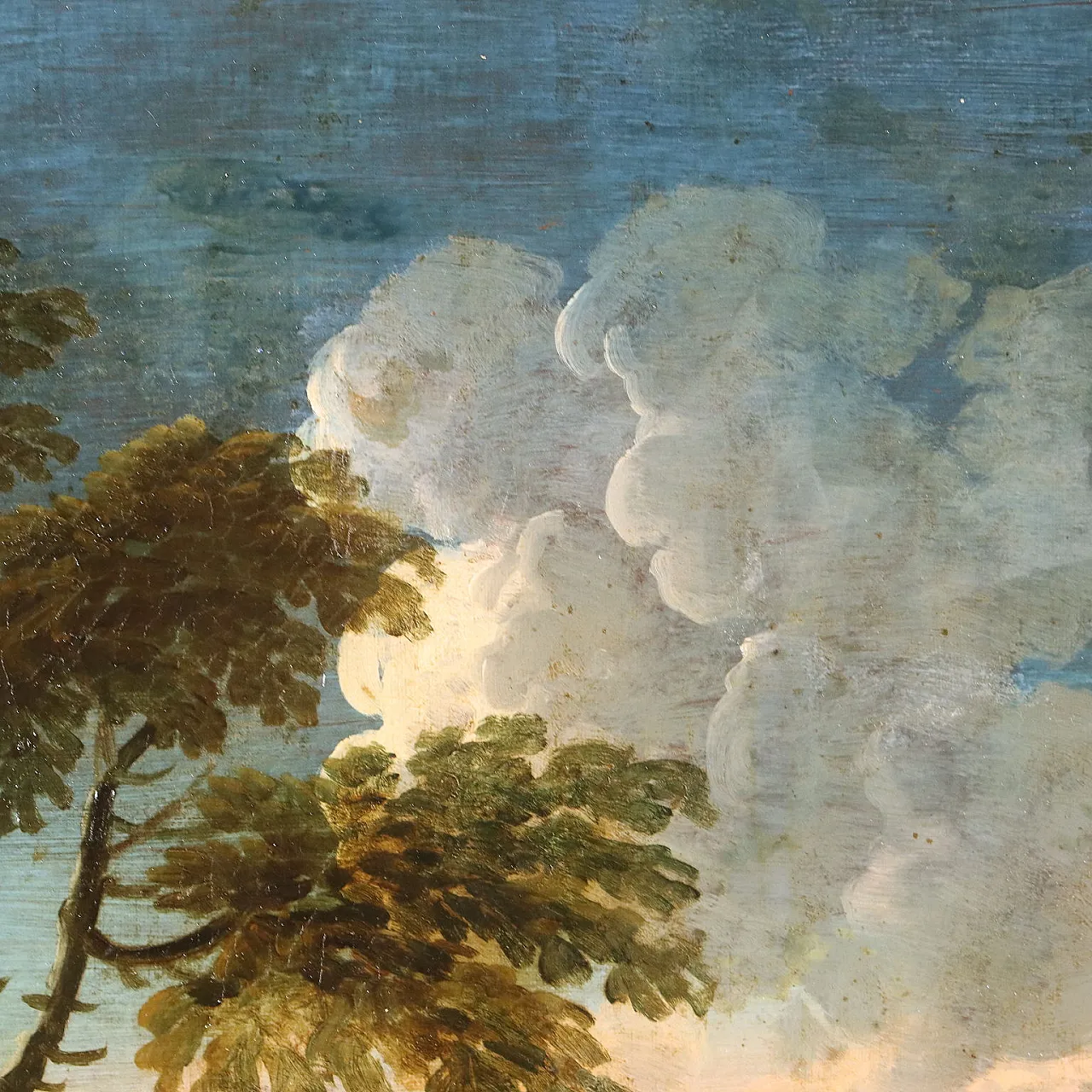
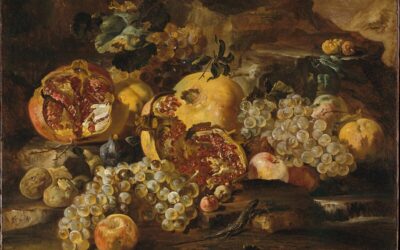

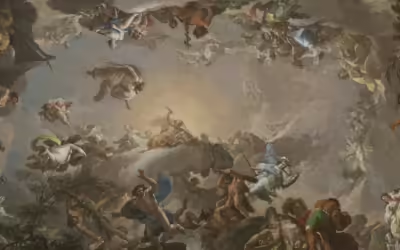

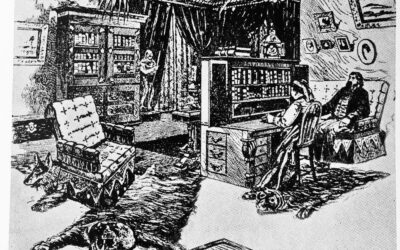
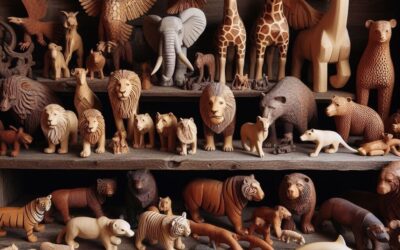
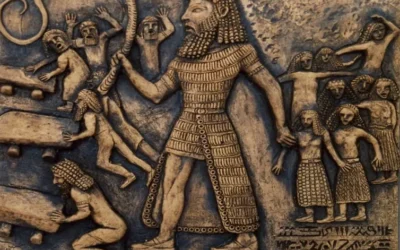
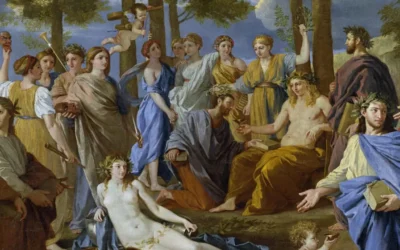

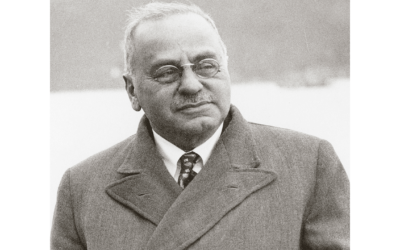
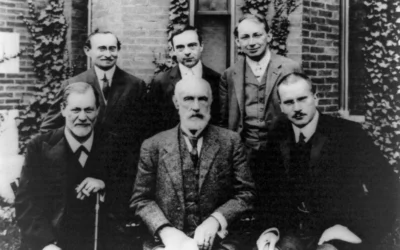
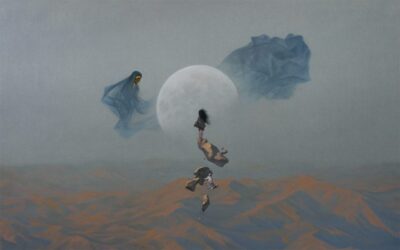

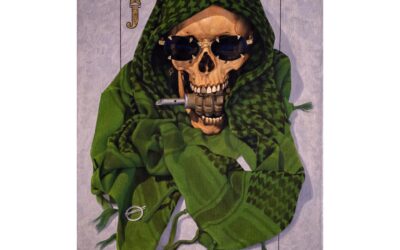
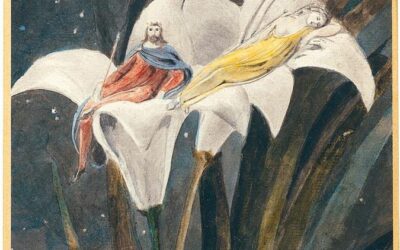
0 Comments